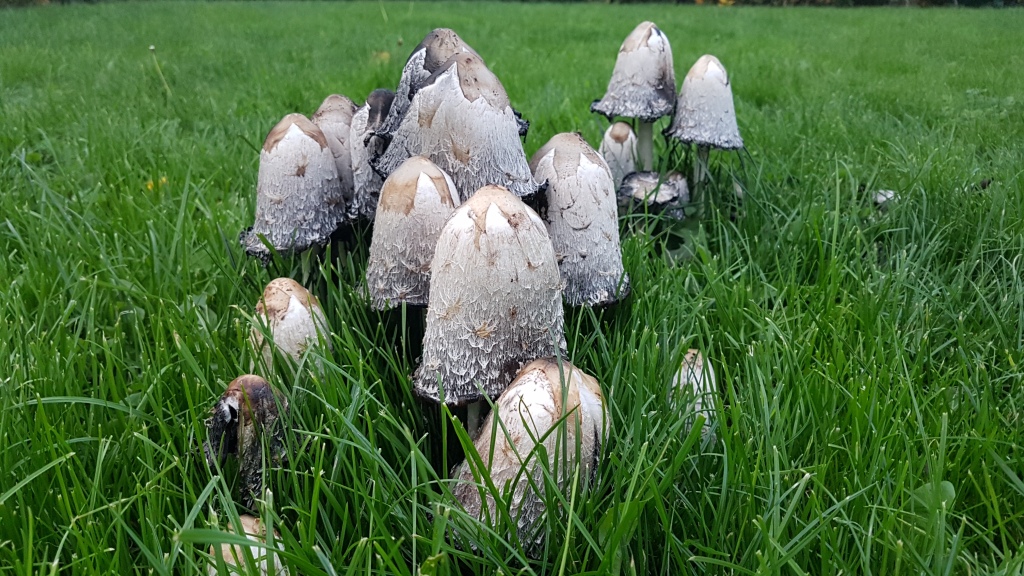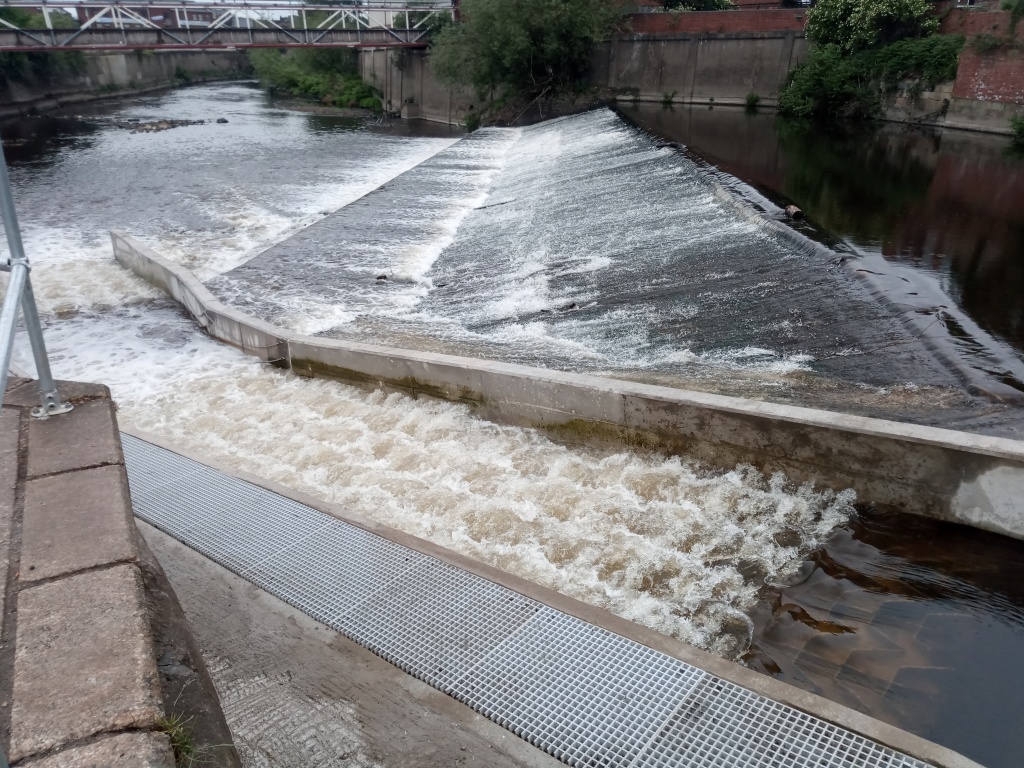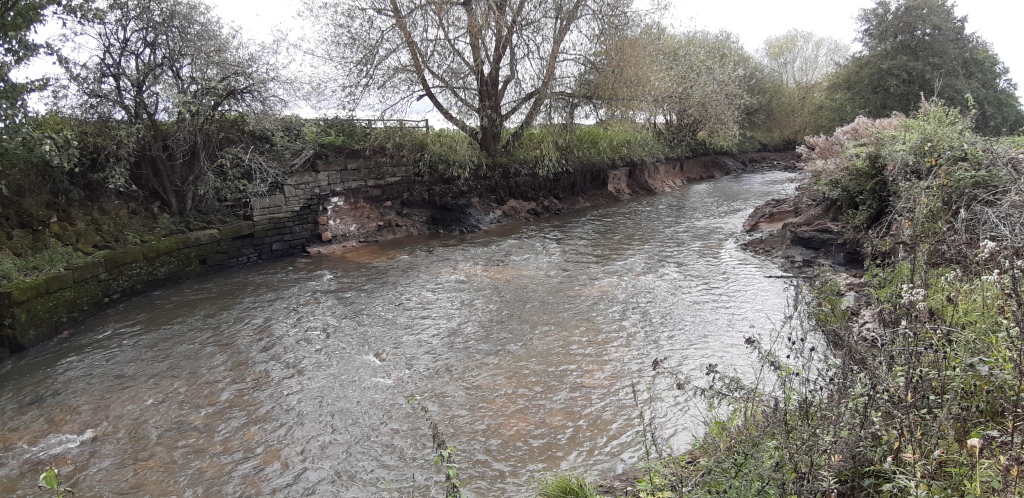In this blog we hear from DCRT Director, Ed Shaw, on how emerging aquatic insects feed the wider terrestrial foodweb…

The beds of most streams and rivers are jam packed with the nymphs of various kinds of insects. This includes (relatively) well-loved insect groups such as mayflies, caddisflies and stoneflies, as well as less appreciated groups such as midges and blackfly. Most of these insects share a similar approach to life. They spend the majority of their life as aquatic larvae, slowly growing in the cold water, before they emerge out of the water as adults to find a mate and reproduce, often en masse. Different species tend to emerge at different times in the year, so regardless of when you visit your local river, you will often notice insects ‘dancing’ above water or resting on foliage.

This is why the riverbank is a favoured haunt of the insectivore (animals that mainly feed on invertebrates and insects). Not only is there often an abundance of freshly emerged potential snacks, but many of these snacks, winged and mobile as they are, are actually pretty poor flyers and easily caught. These insects are also often single-mindedly focussed on reproduction that they obligingly neglect their personal safety.

So plentiful and reliable can emergent aquatic insects be that rivers be that some terrestrial predators specialise in catching them. Sand martins make their nests in river cliffs (or in riverside walls in Sheffield) and can be seen swooping across the Don, while grey wagtails bob on rocks or at the water’s edge, snatching up morsels that catch their eye. At night, another aerial predator emerges, Daubenton’s bat, which feast on midges, and can even trawl for prey on the surface of water using their feet.

Invertebrate predators are also drawn to rivers and streams. Well known are the dragonflies and damselflies that patrol back and forth before darting to seize a passing insect. Less well known are the long-jawed orb-weaver spiders that like to set up home near water, building their webs in riparian vegetation, even tilting them over rivers and streams to increase their chances of ensnaring an unlucky emerging insect.

An important quality of emergent aquatic insects as prey is that some species emerge during the colder months, when there are very few other insects around. For example, the common and widespread mayfly species, the Large Dark Olive, can emerge throughout winter. This can make aquatic insects a relatively important source of food when other insect life is scarce. Researchers in a part of Japan with harsh winters observed that wrens (the same species as our own) tended to preferentially forage along streams in search of aquatic insects. Although British winters are comparatively mild, it seems quite conceivable that British insectivorous birds may do the same.
With winter setting in, do look out for those clouds of dancing insects, and if by a river or stream keep an eye out for a mayfly or stonefly. They might end up an important meal for a goldcrest or wren, or against the odds, they might find a mate and start a new generation.












































You must be logged in to post a comment.